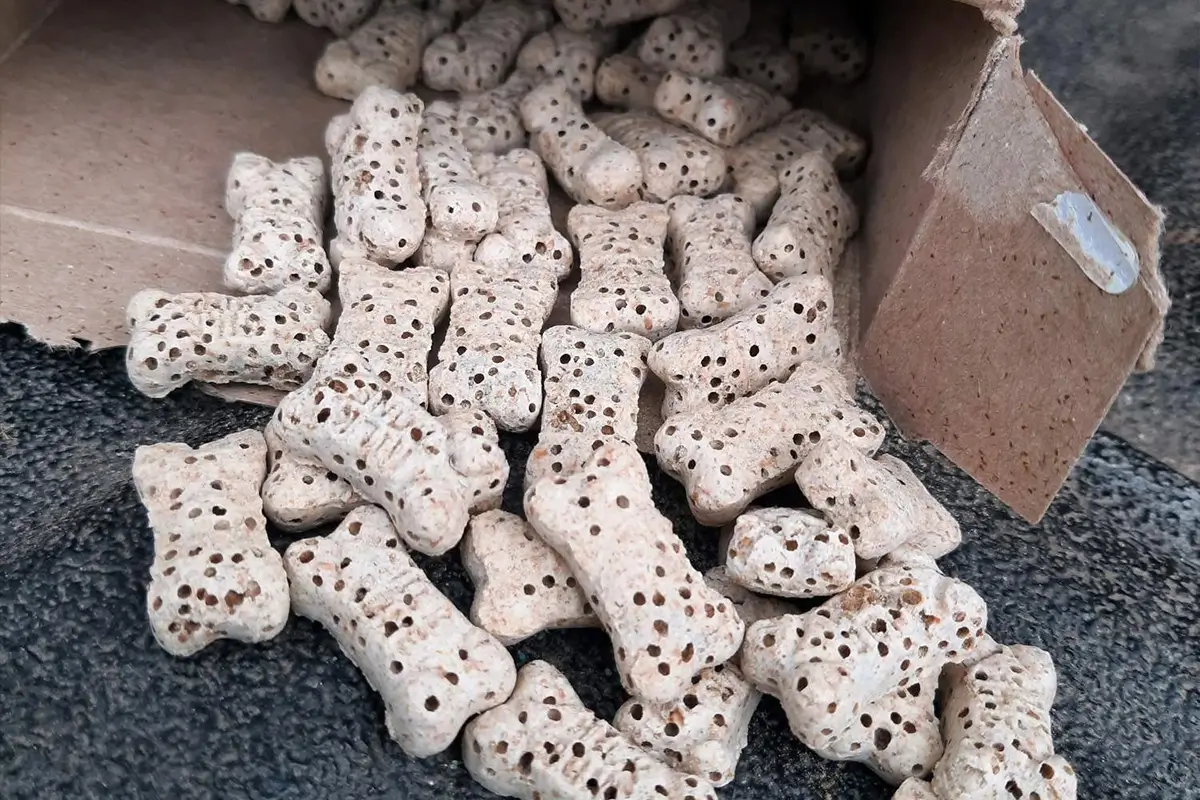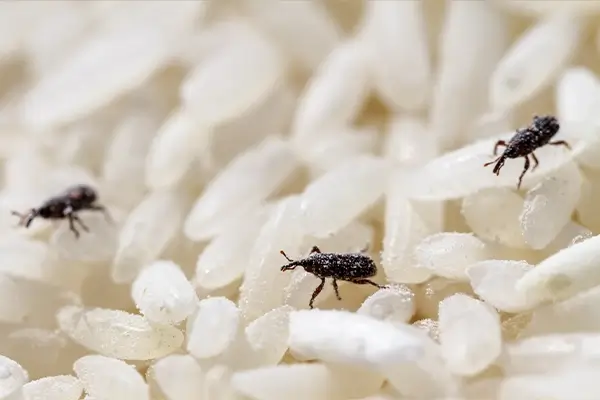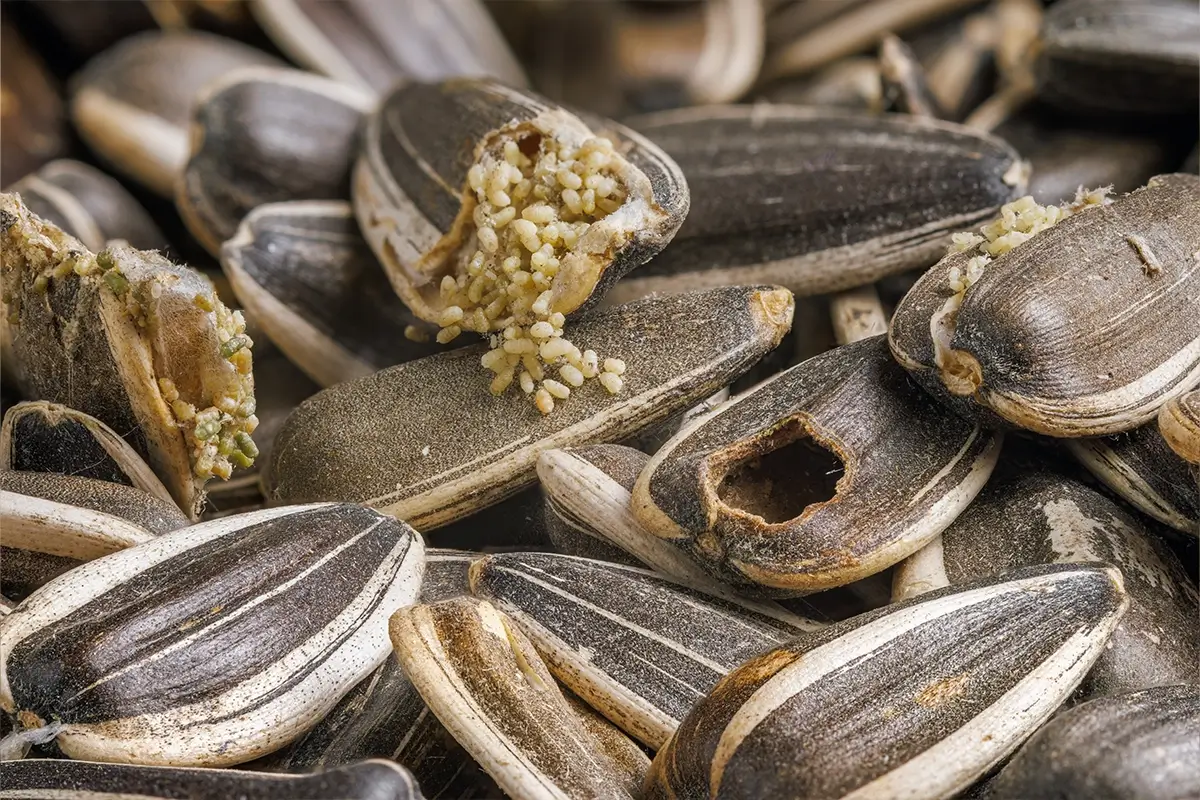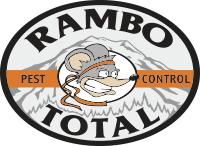NEED HELP? WE’RE AVAILABLE. CALL NOW. (253) 848 – 6000
NEED HELP? WE’RE AVAILABLE. CALL NOW.
(253) 848 – 6000
Pantry Pest Control & Prevention
Pantry pests is a term that covers a variety of different insects that infest and damage food sources in your home. If you find small reddish beetles or small tan moths throughout your kitchen, or accumulating on a windowsill, then you may have a pantry pest infestation.
Our pantry pest control services effectively eliminate existing infestations, prevent future occurrences, and safeguard the integrity of stored food items for your peace of mind.
Professional Pantry Pest Control Services
Though they generally do not harbor disease or pose any physical threats, pantry pests can still cause problems for your household, particularly by contaminating your food. Until that infested product is found and removed, the infestation will persist. Our treatment is only intended to help prevent secondary infestations and reduce live activity.

The Dangers of Pantry Pest Infestations
As with many such insects, it is the larval stage that does most of the damage. Some beetles, such as carpet beetles, drugstore beetles, merchant grain beetles, granary weevils, flour beetles, and cigarette beetles can attack pet foods, spices, grains, pastas, beans, cereals, even prescription drugs or toxic materials. The Mediterranean flour moth and Indian meal moth will attack mostly grain products as well, including flour, corn meal, nuts, seeds, and breakfast products.
The level of destruction is dependent upon the population and how long the larvae have been feeding. Many times, a problem with these pests is not noticed for many months (or even years) due to infrequent use of clothing, or not rotating stored foodstuffs.

Pantry Pest Identification
The group of insects known as Pantry Pests is mostly made up of different species of beetles and moths. Feeding on natural or organic materials in clothing or stored food, these pests can be very destructive to our daily lives. These pests can be brought into a structure in a bag of pet food, or by a bird nesting in the attic. They could even find their way into an old yellowjacket nest or rat nest in the crawlspace, feed on the remaining organic material, and then start invading the house; this is why a thorough inspection is highly encouraged with these pests.

Pantry Pest Control Methods
The control of Pantry Pests can usually be obtained through detailed inspection, and the elimination of contaminated food sources. Pantry Pests live and breed directly in their food source. By the time you start to see them crawling around your kitchen they have usually already produced hundreds of offspring.
Challenges in Pantry Pest Control
The difficult part of the inspection is that they can infest factory sealed bags and containers. Sometimes the only indication you can find that they have infested a sealed product is a single hole the size of a pencil tip. Without finding and removing the source of the infestation, you cannot stop their activity. After the source has been eliminated, pheromone traps and limited material applications can be performed to minimize the risk of re-infestation, and to control any lingering insects.
Expert Help with Pest Identification
We can help identify the pest and inspect the area of infestation, aiding in determining what items need to be inspected and discarded. Typically, the more potentially infested items you discard, the better the overall outcome will be. Unless the infested items have significant monetary or sentimental value, we will recommend that they be thrown out.
Finding Pests in Unexpected Places
There are times when infestations are found in unusual places, such as old, forgotten Halloween candy at the back of the closet, or a box of crackers your child hid under their bed. Sometimes they can be found in the loose food debris under/behind your stove. The inspection process can be very time-consuming and laborious. Do not hesitate to call us today to set up an inspection or provide you with some advice!
Pantry Pest Prevention Tips
To effectively combat pantry pest infestations and maintain a pest-free environment, it is essential to implement proactive measures:










